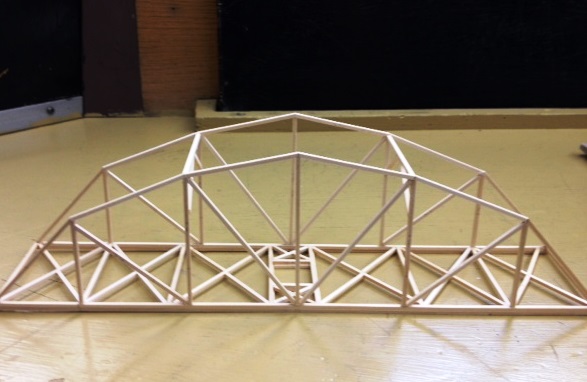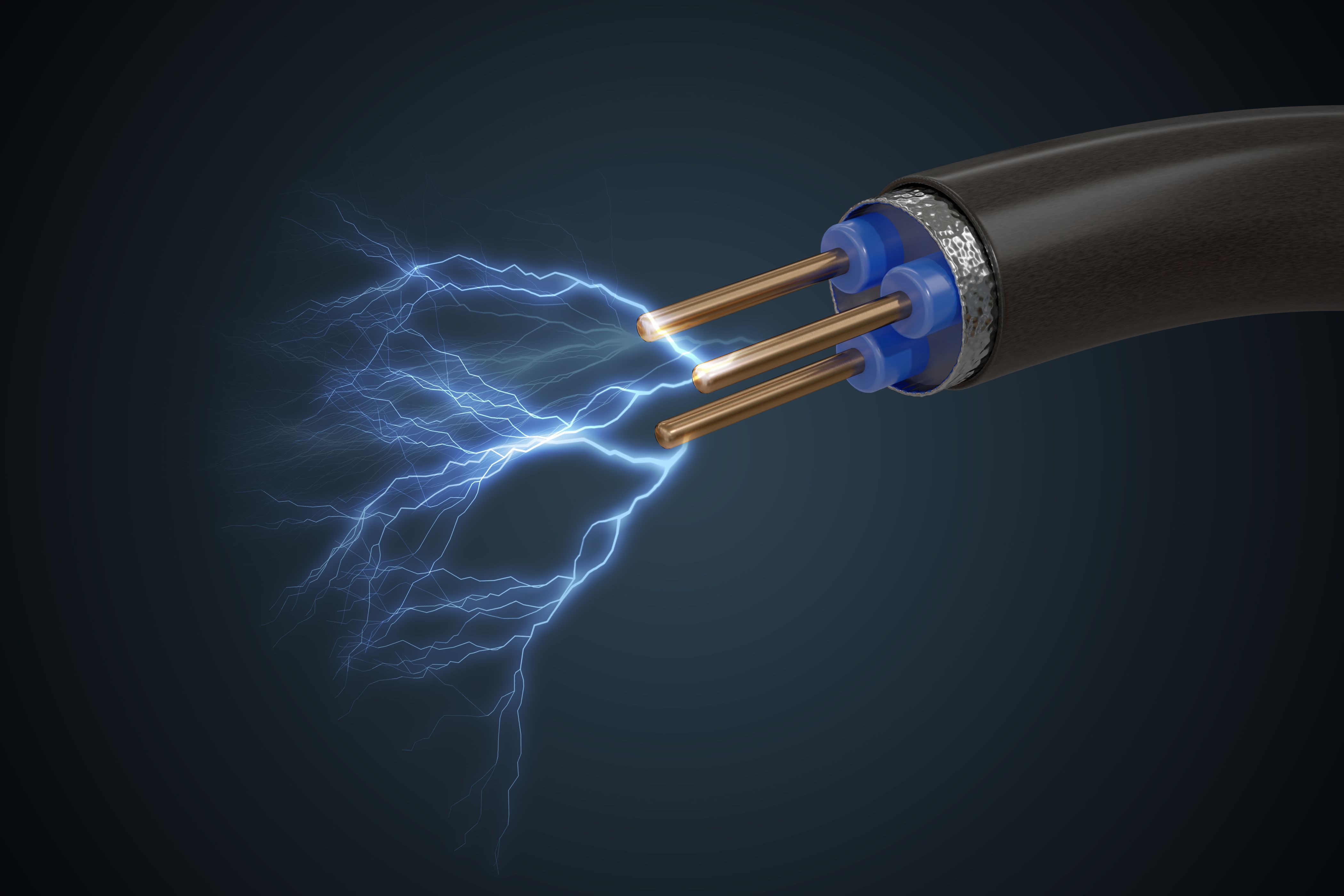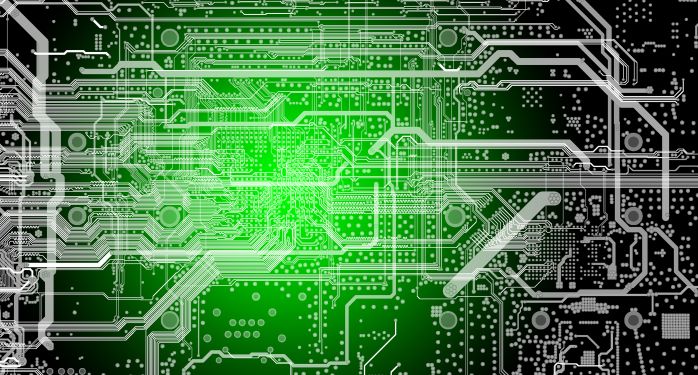Courses by Software
Courses by Semester
Courses by Domain
Tool-focused Courses
Machine learning
POPULAR COURSES
Success Stories
Week 1 Understanding Different Battery Chemistry
Understanding Different Types of Battery Chemistries: Battery: A battery, which is actually an electric cell, is a device that produces electricity from a chemical reaction. Strictly speaking, a battery consists of two or more cells connected in series or parallel, but the term is generally used for a single cell. A cell…
Thasleem ansari Shaik
updated on 26 Nov 2022
Understanding Different Types of Battery Chemistries:
Battery:
A battery, which is actually an electric cell, is a device that produces electricity from a chemical reaction. Strictly speaking, a battery consists of two or more cells connected in series or parallel, but the term is generally used for a single cell. A cell consists of a negative electrode; an electrolyte, which conducts ions; a separator, also an ion conductor; and a positive electrode. The electrolyte may be aqueous (composed of water) or nonaqueous (not composed of water), in liquid, paste, or solid form. When the cell is connected to an external load, or device to be powered, the negative electrode supplies a current of electrons that flow through the load and are accepted by the positive electrode. When the external load is removed the reaction ceases.
A primary battery is one that can convert its chemicals into electricity only once and then must be discarded. A secondary battery has electrodes that can be reconstituted by passing electricity back through it; also called a storage or rechargeable battery, it can be reused many times.

Anode:
Generally, the anode is the electrode where oxidation reaction takes place, which means at the anode, electrons are getting released into the external circuit. In the electrolytic cell, the anode is a positive electrode, and in the galvanic cell, the anode is a negative one. the sign of anode is ‘+’
In an electrolytic cell, which uses electrical energy for the propagation of a chemical reaction, in galvanic cells or electrochemical cells, which produce electrical energy by a chemical reaction, the anode is negative since it has a negative potential compared to the solution. The anode of a galvanic cell is zinc metal which is dipped in ZnSO4 solution. The Zn metal oxides to Zn2+ and gives two electrons into the external circuit.
Cathode:
Generally, the cathode is the electrode where reduction reaction takes place. This means the cathode gains electrons from the external circuit and gets reduced. The sign of cathode is ‘-’.
In galvanic cells, copper is a cathode which is dipped in CuSO4 solution. Cu2+ ions accept electrons from the external cell and are reduced to Cu metal and deposited on the cathode.
There are two types of cathodes, hot cathode and cold cathode. Cold cathodes are cathodes that are not electrically heated by a filament. Which emits more electrons than can be supplied by thermionic emission. Hot cathodes are heated by electric current passing through the filament. The cold cathode is used in discharge lamps, discharge tubes, and in some vacuum tubes.
Electrolyte:
Electrolyte is the Medium which is helps to transfer ions during charging and discharging of the battery. The electrolyte is composed of salts, solvents and additives. For an electrolyte the materials with high ionic conductivity are used, and salts are used as passage to flow the lithium ion, solvents are used to dissolve the additives, and additives are used to improve the conductivity of the electrolyte and block the flow of electrons to flow through it. Separator is also used in between the two electrodes when the battery is closely packed as Lithium-ion battery, Separator is used to protect from short circuit to happen when Cathode and anode comes in contact with each other by accident. Separator is Simply a mesh like structure.
Current Collectors:
Current collectors are used to reduce the resistance of Anode and cathode to improve flow of current, in general copper and Aluminum foils are used as current collectors. Where Lithium metal oxide is codded on copper and Graphite/Hard carbon is codded on Aluminum foil.
Different Types of Electro-Chemical Battery Chemistries:
|
Sr. No |
Battery Type |
Electrode Material |
Chemical Reaction |
Voltage(Output) |
|
1 |
Lead- Acid Battery |
Pb-Anode PbO2- Cathode |
Pb(s) + PbO2(s) + 2H2SO4(aq) → 2PbSO4(s) + 2H2O(l) |
|
|
2 |
Nickel Cadmium battery |
Cd(OH)2 - Anode Ni(OH)2- Cathode
|
2Ni(OH)3 + 2KOH + Cd = 2Ni(OH)2 + 2KOH + 2Cd(OH)2 + Electrical Energy
|
1.35V |
|
3 |
Dry-Cell |
Zn-Anode MnO2-Cathode |
Zn(s)=Zn2+(aq)+2e- |
1.6V |
|
4 |
Nickel Hydrogen Battery |
H2=Anode NiOOH= Cathode |
Ni(OH)2 ⇌NiOOH+1/2 H2.-Overall
|
1.5V |
Different Types of Li-ion Battery Chemistries:
|
Sr. No |
Battery Type |
Electrode Material |
Chemical Reaction |
Operating Voltage |
|
1 |
LCO |
LiCoO2-Cathode Graphite-Anode |
LiC6 + CoO2 → C6 + LiCoO2
|
3.0V - 4.2V |
|
2 |
LMO |
LiMn2O4-Cathod Graphite- Anode |
LiC6+ Mn2O4 → C6 + LiMn2O4
|
3.0V - 4.2V |
|
3 |
NCA |
LiNiCoAlO2- Cathode Graphite- Anode |
LiC6+ NiCoAlO2 →C6+LiNiCoAlO2 |
3.0V - 4.2V |
|
4 |
NMC |
LiNiMnCoO2- Cathode Graphite-Anode |
LiC6+NiMnCoO2→C6+LiNiMnCoO2 |
2.5V – 3.65V |
|
5 |
LFP |
LiFePO4-Cathode Graphite- Anode |
LiC6 + FePO4 → C6 + LiFePO4 |
3.0V - 4.2V |
|
6 |
LTO |
LiMn2O4-Cathode Graphite-Anode |
Li2TiO3 + 2Mn2O4 → 2LiMn2O4 + TiO3 |
1.85 V- 2.85V |
Compare the differences between each type of Li+ion batteries based on their characteristics
|
Battery Type |
Specific energy |
C-rate (During Charging) |
C-rate (during disharging) |
Cycle( related to depth of discharge, load, temperature) |
Thermal runway |
|
LCO |
150–240Wh/kg |
0.7–1C, charges to 4.20V (most cells); 3h charge typical. Charge current above 1C shortens battery life. |
1C; 2.50V cut off. Discharge current above 1C shortens battery life. |
500–1000 |
150°C (302°F). Full charge promotes thermal runaway |
|
LMO |
100–150Wh/kg |
0.7–1C typical, 3C maximum, charges to 4.20V (most cells) |
1C; 10C possible with some cells, 30C pulse (5s), 2.50V cut-off |
300–700 |
250°C (482°F) typical. High charge promotes thermal runaway |
|
NMC |
150–220Wh/kg |
0.7–1C, charges to 4.20V, some go to 4.30V; 3h charge typical. Charge current above 1C shortens battery life. |
1C; 2C possible on some cells; 2.50V cut-off |
1000–2000 |
210°C (410°F) typical. High charge promotes thermal runaway |
|
LFP |
90–120Wh/kg |
1C typical, charges to 3.65V; 3h charge time typical |
1C, 25C on some cells; 40A pulse (2s); 2.50V cut-off (lower that 2V causes damage) |
2000 and higher |
270°C (518°F) Very safe battery even if fully charged |
|
NCA |
200-260Wh/kg; 300Wh/kg predictable |
0.7C, charges to 4.20V (most cells), 3h charge typical, fast charge possible with some cells |
1C typical; 3.00V cut-off; high discharge rate shortens battery life |
500 |
150°C (302°F) typical, High charge promotes thermal runaway |
|
LTO |
50–80Wh/kg |
1C typical; 5C maximum, charges to 2.85V |
10C possible, 30C 5s pulse; 1.80V cut-off on LCO/LTO |
3,000–7,000 |
One of safest Li-ion batteries |
Leave a comment
Thanks for choosing to leave a comment. Please keep in mind that all the comments are moderated as per our comment policy, and your email will not be published for privacy reasons. Please leave a personal & meaningful conversation.
Other comments...
Be the first to add a comment
Read more Projects by Thasleem ansari Shaik (41)
Week 1 Understanding Different Battery Chemistry
Understanding Different Types of Battery Chemistries: Battery: A battery, which is actually an electric cell, is a device that produces electricity from a chemical reaction. Strictly speaking, a battery consists of two or more cells connected in series or parallel, but the term is generally used for a single cell. A cell…
26 Nov 2022 03:20 PM IST
Design of backdoor
Back Door Design: Aim: To Design a Back Door of car which can distributes the forces equally while undergoes in to deformation. Objective: The Main objective of this Project report is to design and create a back door, which can protect the passenger when the external forces acted on it. To create a mount where gas stays…
17 Apr 2022 03:28 PM IST
Quadcopter Drone for transportation of medical AID
Quadcopter Drone for Transportation of Medical AID Thasleem Ansari_ Shaik …
24 Feb 2022 03:52 PM IST
Roof challenge
Objective: The main Objective of this work is to increase the resistance towards the force acting on the roof, during Snow load and other test conducted by BNVSAP(Bharat new vehicle safety assessment Program) and National Highway Traffic Safety Administration Program. Roof: An automobile roof or car top is the portion…
28 Nov 2021 06:48 AM IST
Related Courses






0 Hours of Content

Skill-Lync offers industry relevant advanced engineering courses for engineering students by partnering with industry experts.
Our Company
4th Floor, BLOCK-B, Velachery - Tambaram Main Rd, Ram Nagar South, Madipakkam, Chennai, Tamil Nadu 600042.
Top Individual Courses
Top PG Programs
Skill-Lync Plus
Trending Blogs
© 2025 Skill-Lync Inc. All Rights Reserved.








